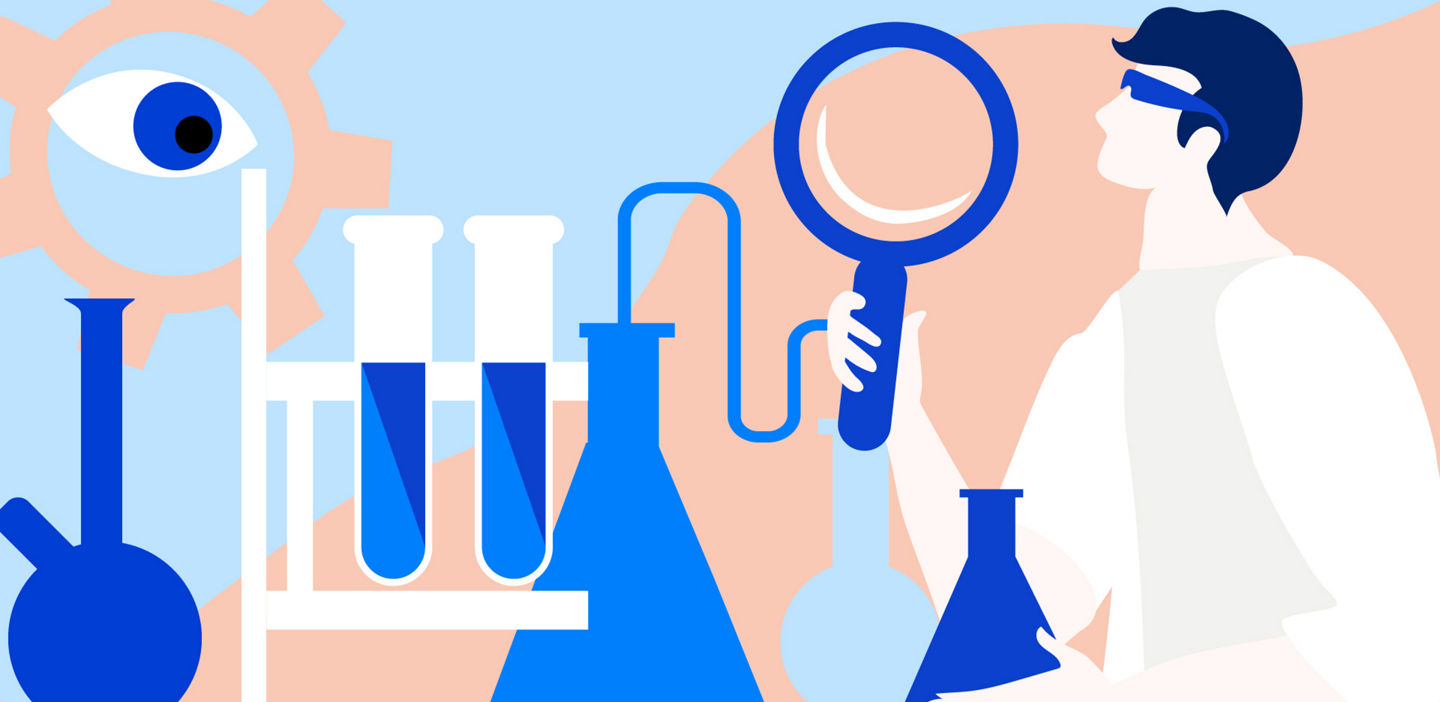Available tools for lab quality managers
The role of a quality manager is to ensure that labs and personnel adhere to strict standards. These team leaders are responsible for guiding a lab’s activities such that every part of the lab, from reagents to equipment to personnel, is running as smoothly and efficiently as possible. There are several tools that can help leaders better implement quality assurance in their laboratories.
The Laboratory Quality Stepwise Implementation (LQSI) tool from The World Health Organization (WHO)
Implementing laboratory management has been important for agencies like the WHO to help build LQMS for anticipating potential outbreaks and emergencies. Through training materials and other guidance documents, WHO has been able to strengthen laboratory standards and systems across the world.13 In 2014, WHO also launched the LQSI tool, a free website to help laboratories implement quality management systems.14 The goal is to help medical laboratories implement a quality management system and achieve accreditation that complies with ISO 15189.
LQSI is available to all diagnostic labs for clinical or public health purposes and is separated by phases that can be implemented in a stepwise fashion. The four phases include:
Ensuring operations are conducted correctly and safely
Controlling and assuring quality and traceability
Proper management, leadership, and organization
Continued improvement for accreditation
In 2018, Datema and colleagues evaluated LQSI to determine how the tool can effectively implement a quality management system.15 At the time, the tool was accessed by 130,986 unique users, with the top users located in India, the USA, Russia, and the Philippines. The results showed that the tool improved services provided by these laboratories and was associated with better clinical care and disease surveillance capacity.
Outside of the LQSI tool from WHO, there are several third-party LQMS software-based tools that lab managers can consider. While regulatory agencies do not require these software tools, they can be instrumental in adopting new automated processes to replace manual procedures. In some cases, these tools are cloud-based, which means that data limitations will not constrain labs and it also offers the ability to share results easily and securely with other labs.16,17
Laboratory information management system (LIMS)
Lab managers can also use LIMS, a software-based tool that manages samples and data. These tools can help improve the quality and timeliness of results that help support sample management and data tracking in addition to integrating reagents, instruments, and applications. For example, a recent study showed that taking an LIMS approach to managing non-clinical COVID-19 data demonstrated that this system can be utilized for future pandemics to accelerate medical developments through systematic data management.18
Multiple tools like LQSI and LIMS can be critical in advancing quality control within the laboratory. Lab managers must consider how these software-based approaches can decrease diagnostics errors and improve process control so patients can get accurate and reliable results.

